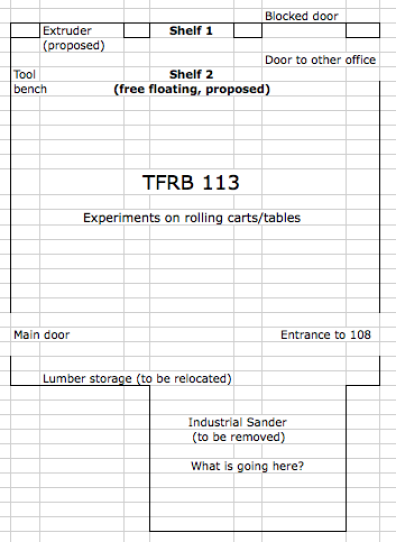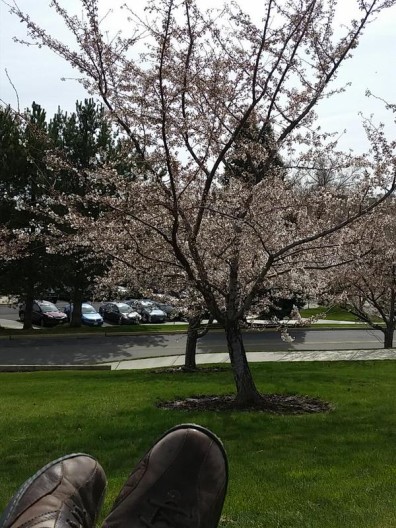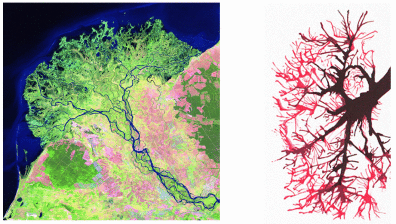System design guidelines for user facilities
jacob.leachmanWe’re just over 1 month into refurbishing our new lab space in suites 108 and 113 of the Thermal Fluids Research Building (TFRB). We’re following the 5-S philosophy from Lean Manufacturing: 1) Sort, 2) Systemize, 3) Shine, 4) Standardize, and 5) Sustain. Recent posts have shown we’re nearing the end of phase 1 and are starting to look towards the design of our working systems within the space. What we decide matters. So what design rules can we follow to … » More …



